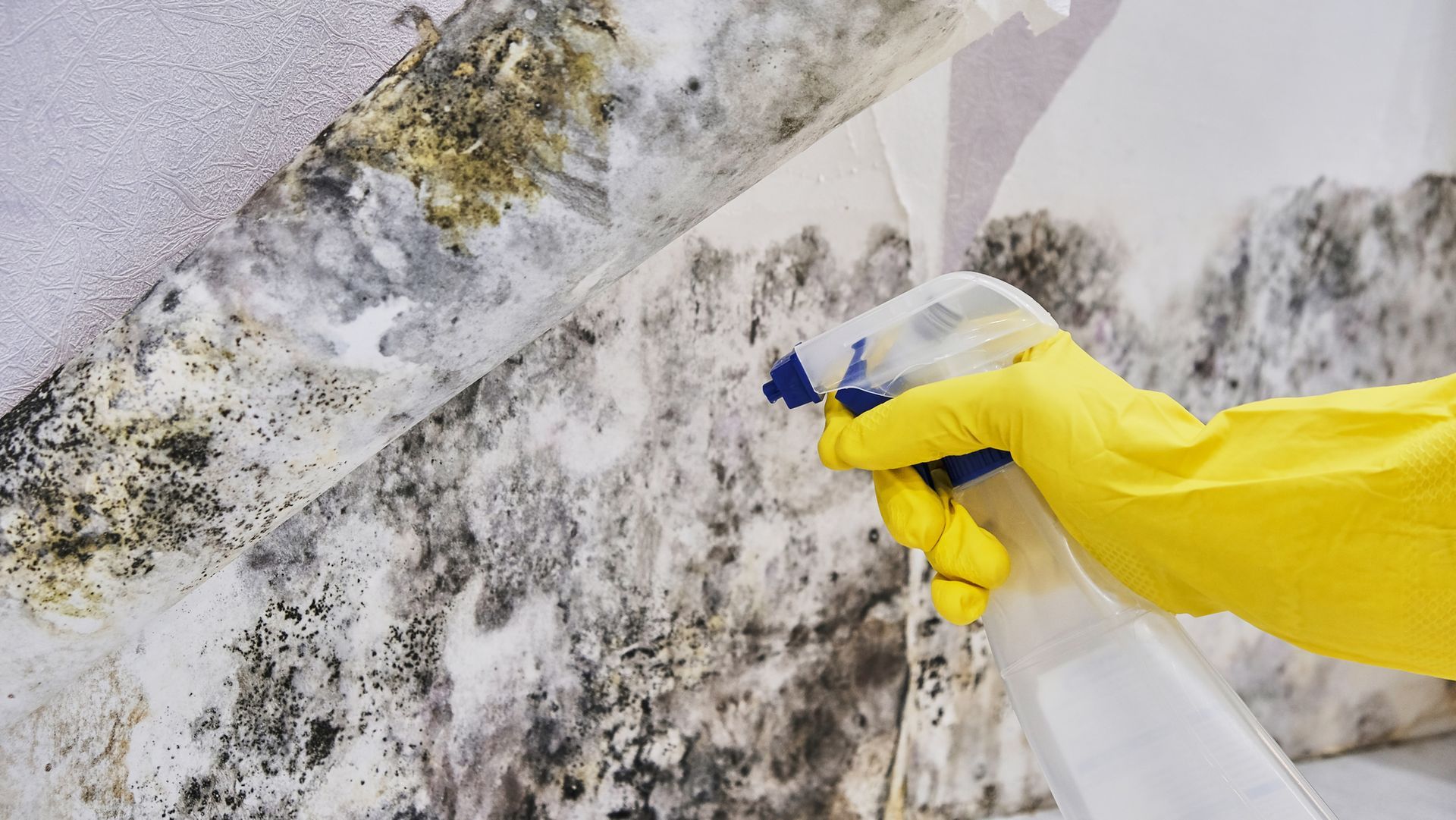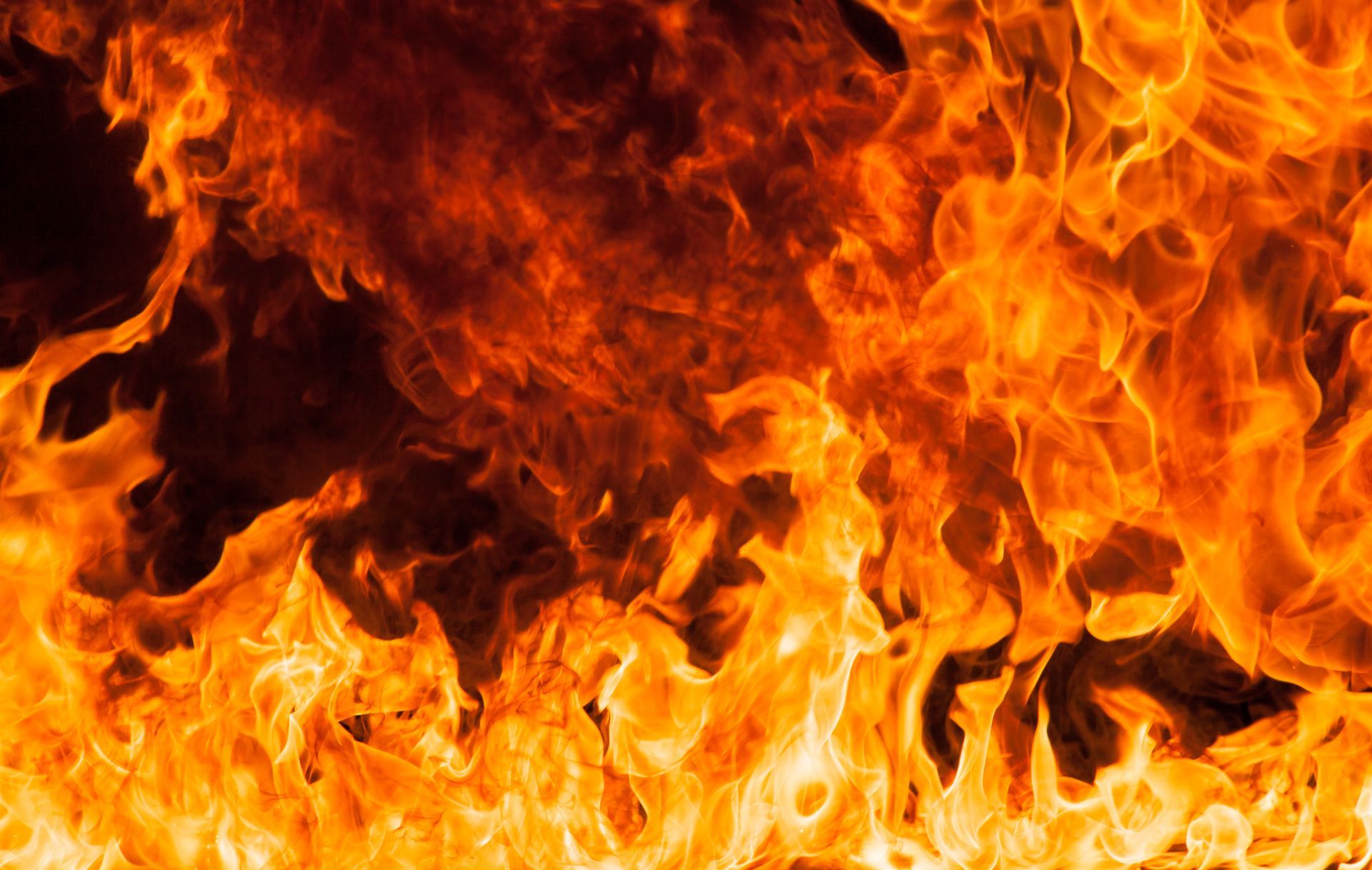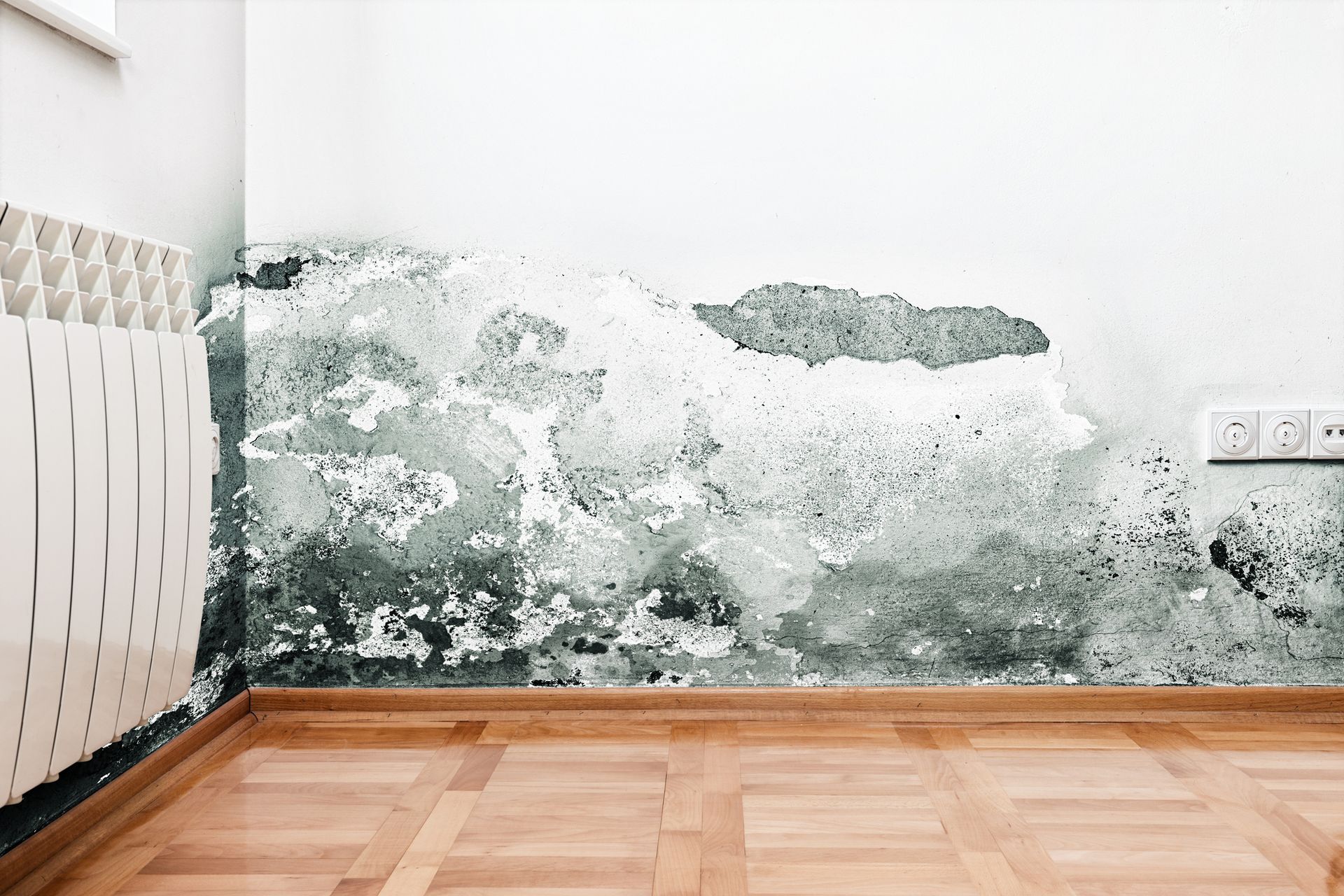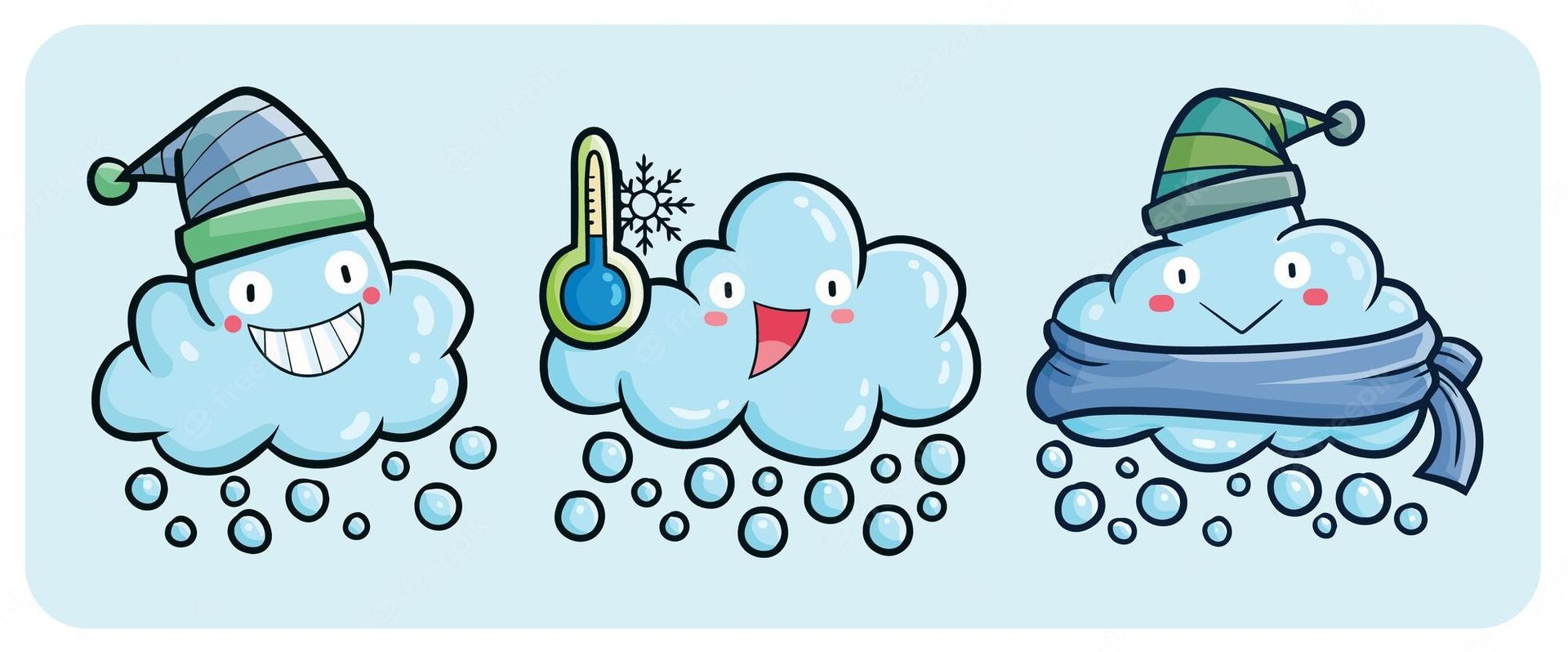The Dangers of Soot
The Dangers of Soot -Towson, MD
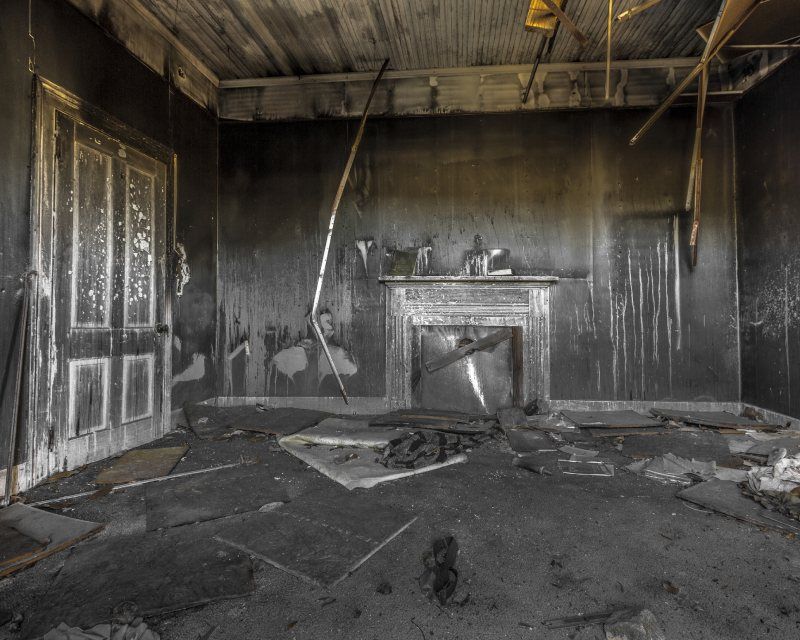
Once the flames of a home fire have been doused, the risk does not go away. Soot may have spread throughout your home, endangering both your health and the structure. In the sections below, you'll learn more about soot, its dangers, and how to remediate the damage.
What is soot from fire and why should you care?
When fossil fuels are burned inefficiently, soot is formed, which is made up of small carbon particles (wood, oil, coal, and more). Soot contains acids, chemicals, metals, soils, and dust. These particles have a horrible odor and an ugly look.
Soot from a fire clings to surfaces and spreads throughout the house. As a result, if the soot is not cleaned as soon as possible, the acidic qualities of soot can cause additional damage to your home and indoor air quality.
Soot can get into your house even if there isn't a fire. Excessive candle use can lead to soot buildup, so use them wisely (they are also a fire risk). Soot can be produced by a fireplace that isn't adequately vented. A puffback produced by a furnace is a source of soot pollution.
When fossil fuels are burned for industrial purposes, soot is released into the environment. The chemical components of soot have a significant negative impact on the environment. In your home, soot has a similar effect, lowering indoor air quality and leaving odors and stains behind.
What are the dangers of soot exposure?
Each year, soot exposure causes 300,000 asthma attacks and two million missed workdays owing to respiratory problems. Soot can enter your body by inhalation, ingestion, and skin and ocular contact. These hazardous particles can cause asthma, bronchitis, coronary heart disease, and even cancer. Infants, the elderly, and those who already have breathing problems are the most vulnerable.
To reduce health concerns from soot exposure after a home fire, make sure all soot-affected locations are cleaned and sterilized.
How do you clean up soot?
Your home is likely to contain plastics, foams, carpets, wood products, and synthetic materials. Because of the health dangers posed by the soot produced by these materials, fire repair is a dangerous and arduous operation. Soot particles can spread throughout your home via the HVAC system, even if the fire was mild.
Cleaning soot while wearing protective gear to protect the lungs, skin, and eyes is critical to reducing soot exposure risks. To restore interior air quality after a fire, specialized treatments such as air cleaning and thermal fogging are required.
More than a dust mask and a household cleaner are required to clean up soot! To completely remove soot, professional tools, knowledge, and ability are necessary. Soot and odors may be removed from your entire home, making it safe to live in.
Restoration 1 of Towson can help you with smoke damage restoration and fire damage repair.

